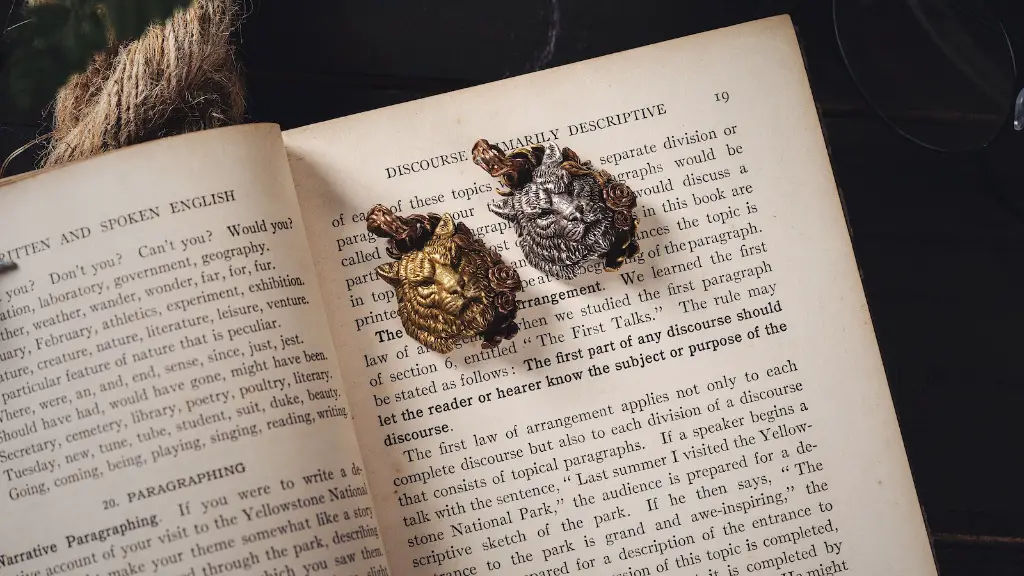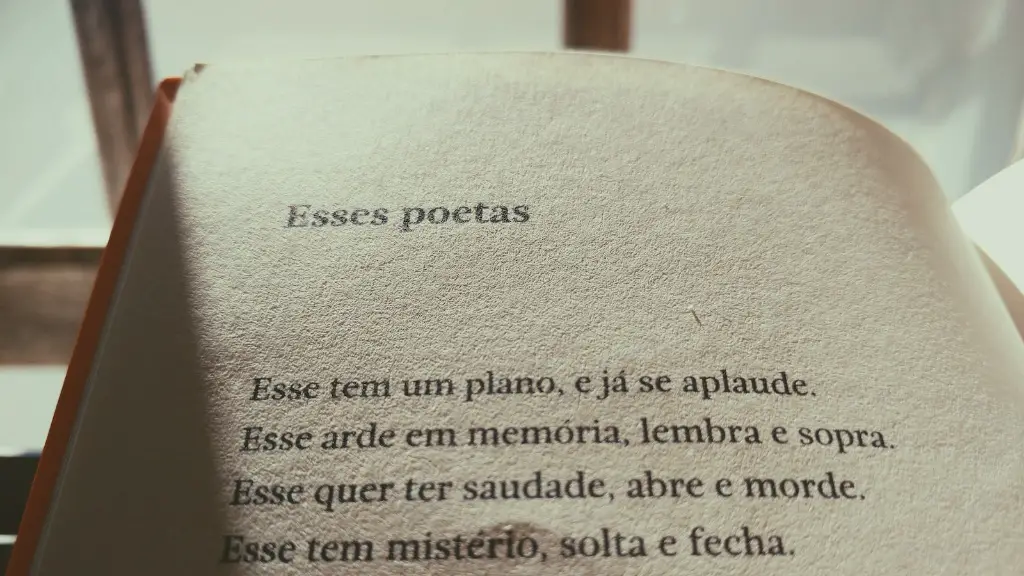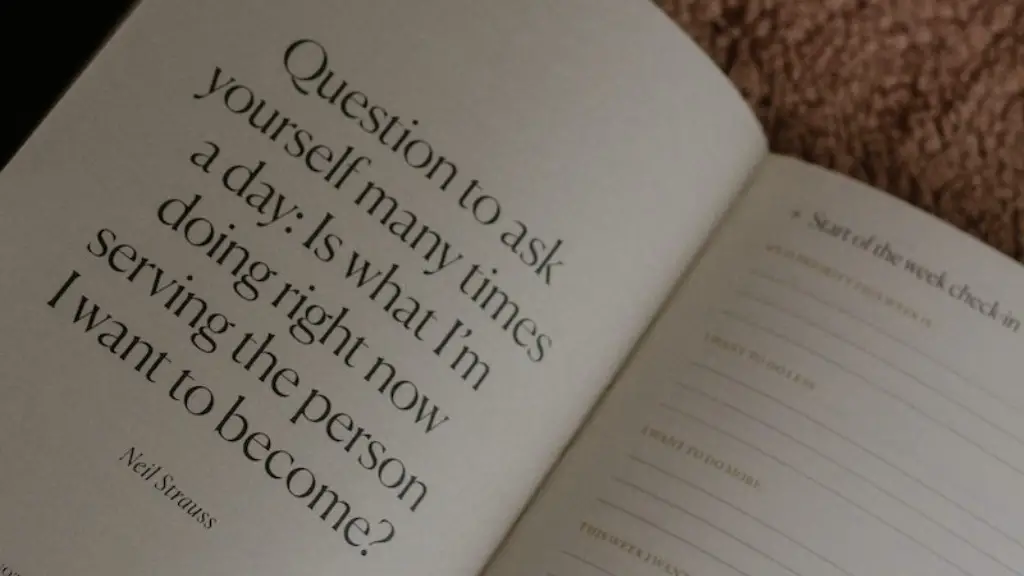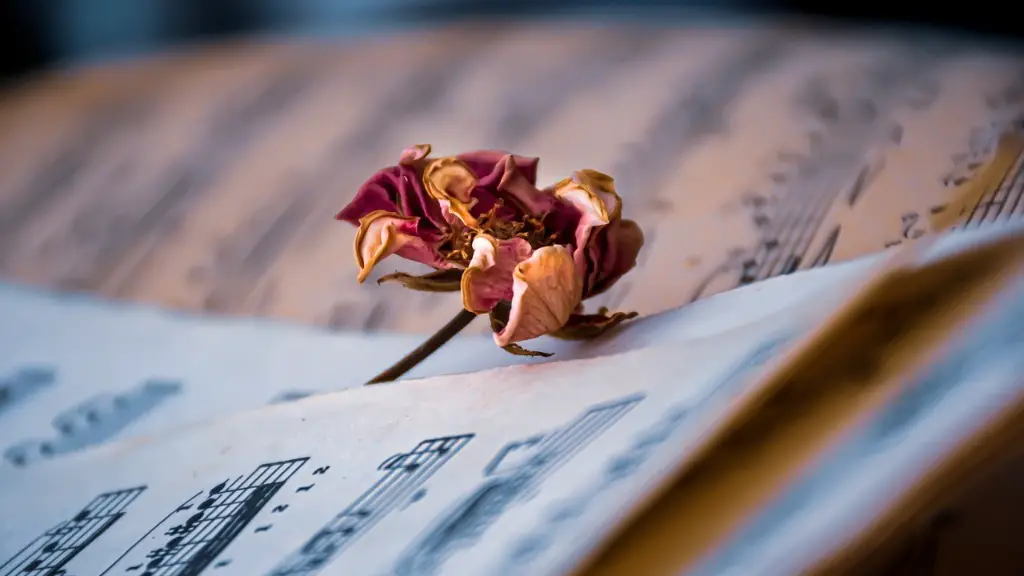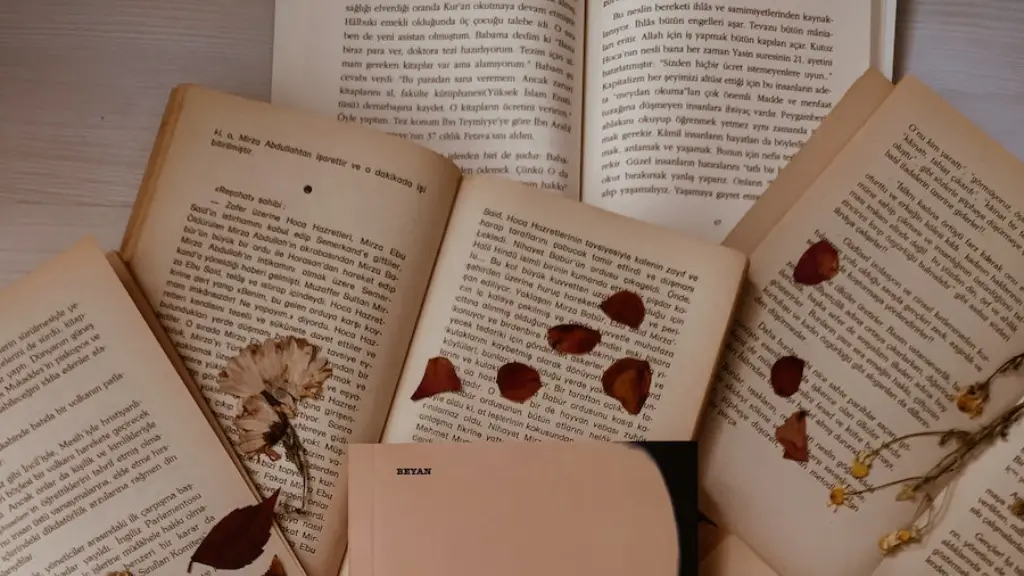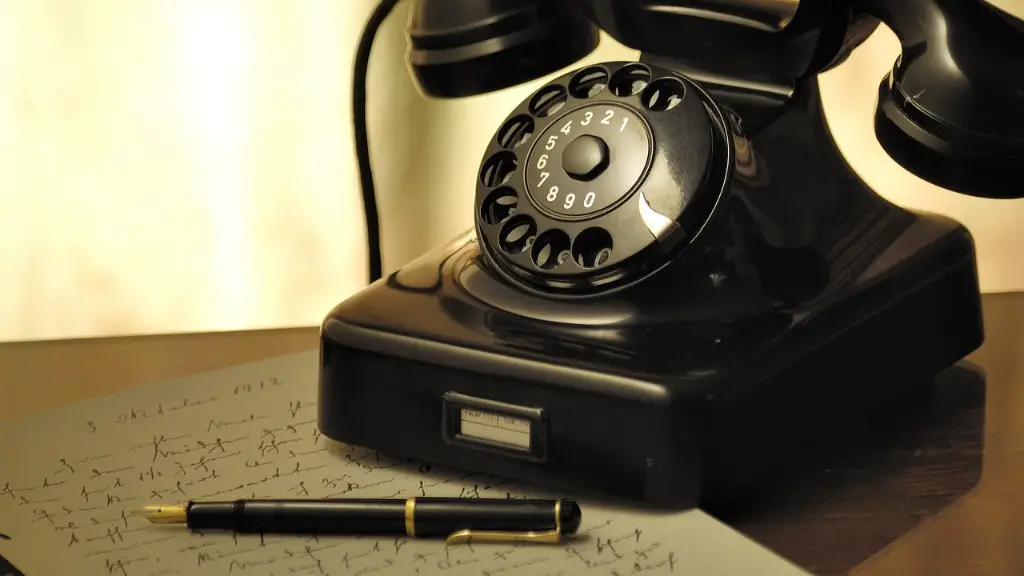How is Poetry Like Music
The relationship between poetry and music is a longstanding one, and it’s no surprise that both art forms are often said to be inextricably linked. Word and sound: two creative forms that express and evoke emotion, which – when combined – can create some of the most powerful works of art there are. From ancient times where they were used as tools of storytelling and artistic expression, to modern times where they’ve become an integral part of popular culture, these two mediums have an undeniable appeal.
Together, poetry and music can create an intense and transformative experience for the listener, one that is at once harmonious and diverse. They have the potential to bring out hidden emotions, and to create powerful messages that can provoke thought and insight. Both also share several fundamental qualities, such as melody and rhythm, that can build upon each other to create something truly unique.
In literature circles, a recurring point of discussion is the need to strive for a balance between music and poetry. The words and sounds work together, combining forces to create something that can speak to the human experience in a truly beautiful and compelling way. This balance is essential, as an imbalance between the two can lead to a jarring, wholly unpleasant experience.
It should come as no surprise, then, that some of the greatest books of poetry in history were also accompanied by music. Examples include classical works such as John Donne’s hymns, or the works of William Blake, which were often set to melodies. But modern works, too, can benefit from having a musicality to them; the combination of word and sound creates a truly unique and powerful experience for the reader.
At the same time, the relationship between poetry and music can also be seen in popular culture. Songs, for example, frequently employ the use of poetic devices such as assonance and alliteration to enhance the sound of their lyrics. This is no coincidence, as the power of music to engage listeners is undeniable. When used in combination with poetry, it can become an incredibly powerful tool for expression and storytelling.
It’s easy to tell why, after so many centuries, poetry and music still have such a powerful effect on people. Together, they can create something special; something that speaks to us on an emotional level and which can be enjoyed by people of all ages. In a world dominated by our phones and laptops, it’s nice to know that two media that have withstood the test of time are still as powerful and relevant as ever.
Rhythm
Music and poetry both utilize rhythm and melody to great effect in conveying emotion and meaning. In musical works, this is done through the use of tempo, harmony and accompaniment, whereas in poetry it is achieved through the use of poetic devices such as meter and alliteration. Together, these can create a powerful and evocative experience for listeners and readers alike.
The rhythm of a piece of music or a poem is something that can be felt intuitively, and it’s a shared quality that is often used to great effect. For example, the rhythm of a song can provide a structure for a poem, creating a backdrop for the words to be expressed upon. In many cases, this is done in a way that serves to highlight the message of the poem and add an extra layer of emotion to it.
In addition, the use of rhythm in poetry and music also allows writers and musicians to create tension and drama within their works. By driving a piece of music or poem in a certain direction, they can create a build-up of energy that can be released at the perfect moment to create an emotional climax. This is a skill that requires practice and experience, but when done right, it can really make the work stand out.
Ultimately, rhythm is a powerful tool that can be used to great effect in both music and poetry. When combined with the right words and sounds, it has the potential to create something truly special that speaks to the emotions of its audience.
Rhyme
Rhyme is another key characteristic shared by quickly and poetry. By combining two words, or two lines of text, with similar sounds, writers can create a playful and memorable effect that can be enjoyed by all. This is a device that has been used for centuries to great effect, and it’s one of the defining qualities of both musical and poetic works.
In music, lyrics are often written with a rhyme scheme in mind. The use of rhyme is a great way to emphasize a point and to create a memorable and catchy song. This is why songs from the past, such as nursery rhymes, still remain popular to this day, despite having been around for centuries.
Rhyme has also traditionally been used in poetry to great effect. Commonly used in the form of a quatrain or couplet, writers have utilized rhyme to add emphasis to their words and create a more engaging experience for the reader. This device is often used to create a certain mood within a poem, or to emphasize a particular theme or concept.
Rhythm and rhyme are both essential elements in both music and poetry. When used effectively, they can create an exciting and emotionally charged experience that can be enjoyed by all. Whether you’re listening to a singer-songwriter’s album or reading a classic poem, these two mediums come together to create something truly special.
Structure
The structure of a poem or song is a fundamental quality that has been used to great effect throughout the ages. In music, this is done through the use of verse-chorus structures and other forms of repetition, whereas in a poem it is achieved through the use of meter and imagery. Together, these can work to create a memorable and powerful experience for the listener or reader.
The repetition found in verse-chorus structures, for example, can be used as a method of emphasis whereby the same words and ideas are repeated in order to create a lasting impact. In poetry, this can be achieved through the use of imagery, metaphor and other literary devices. By creating vivid images and associations, a poem can leave the reader with a lasting impression and create a powerful message.
The structure of a work can also be used to great effect in terms of pacing. In a song, the pace of the music can be used to create tension and suspense, as seen in many classic rock or classical pieces. Similarly, in poetry, the use of meter can create a flow to the words, allowing the reader to be drawn in and engage with the poem on an emotional level.
No matter the genre or medium, structure is an essential element that helps create a sense of flow and understanding. Both music and poetry can benefit from having well-crafted and logical structures that guide the listener or reader through the piece.
Imagery
The use of imagery is one of the most powerful and effective tools used in both music and poetry. By creating vivid and evocative pictures and scenes, words can have a profound effect on both the reader and the listener. This is especially true when combined with song, as the combination of sound and image can be incredibly powerful.
In a song, the use of imagery can take the form of metaphors and similes. By creating a vivid image or comparison to something, the lyricist can help the listener visualize the idea and create an association that is often more powerful than if it had been written in a literal manner. Examples of this can be seen in Bruce Springsteen’s “Thunder Road,” or in Bob Dylan’s “Like A Rolling Stone.”
In poetry, imagery can also be used to great effect. By choosing the right words, a poet can create scenes and feelings that can evoke a powerful emotional response from the reader. This is a skill that takes practice and understanding, but when used correctly it can have a profound impact.
Ultimately, imagery is an incredibly powerful tool in both music and poetry. By combining sound and image, the artist can create an evocative experience that speaks to the listener or reader in a unique and meaningful way.
Emotion
Music and poetry both have the potential to evoke powerful emotions in the listener or reader. This is perhaps their shared most important quality, as emotions are integral to the human experience, and can often lead to insight and understanding.
The use of melody and rhythm in music can be quite powerful, as they can be used to create tension and release. By driving a song towards a certain point, the songwriter can create anticipation and drama, and then release it at just the right moment to create a powerful emotional experience. Examples of this can be seen in works such as Adele’s “Someone Like You,” or Pink Floyd’s “Comfortably Numb.”
In poetry, the use of imagery, metaphor and other poetic devices can be used to evoke powerful emotions in the reader. By choosing the right language, a poet can create vivid and evocative images that speak to the soul and create a powerful emotional response. Examples of this can be seen in the works of Thomas Hardy, William Wordsworth and many others.
Ultimately, emotions are a powerful tool that can be used to great effect in both music and poetry. By utilizing the right sounds and words, the artist can communicate their feelings in a way that can speak to the listener or reader in a profound and lasting way.
